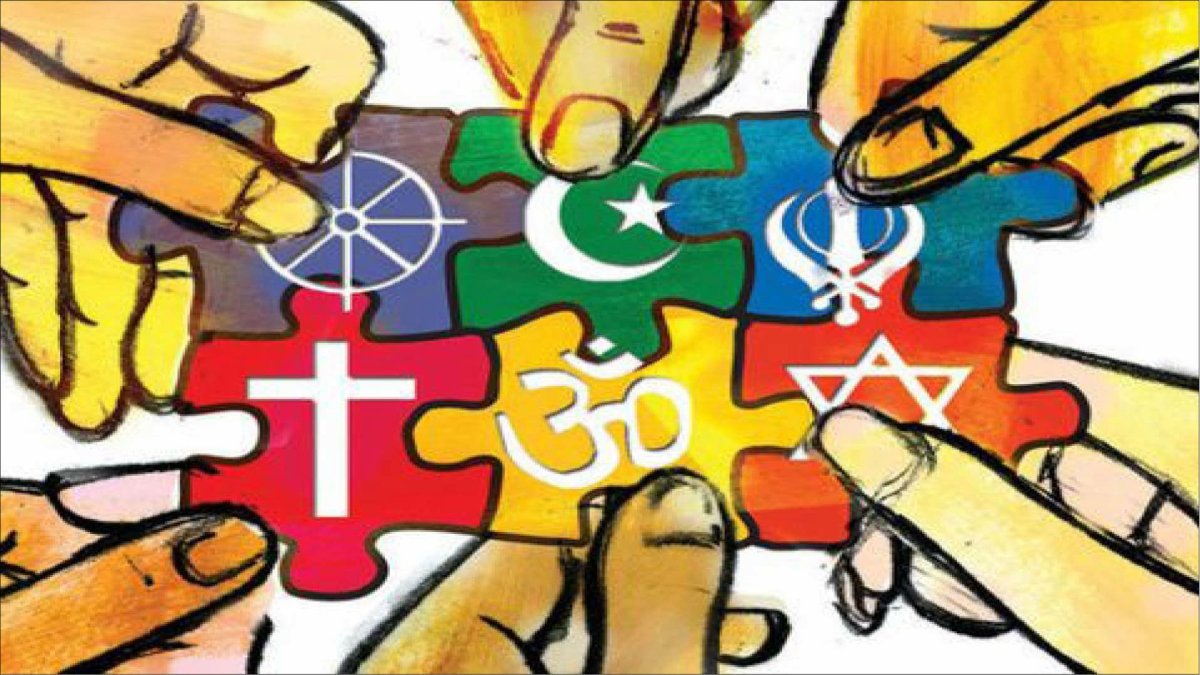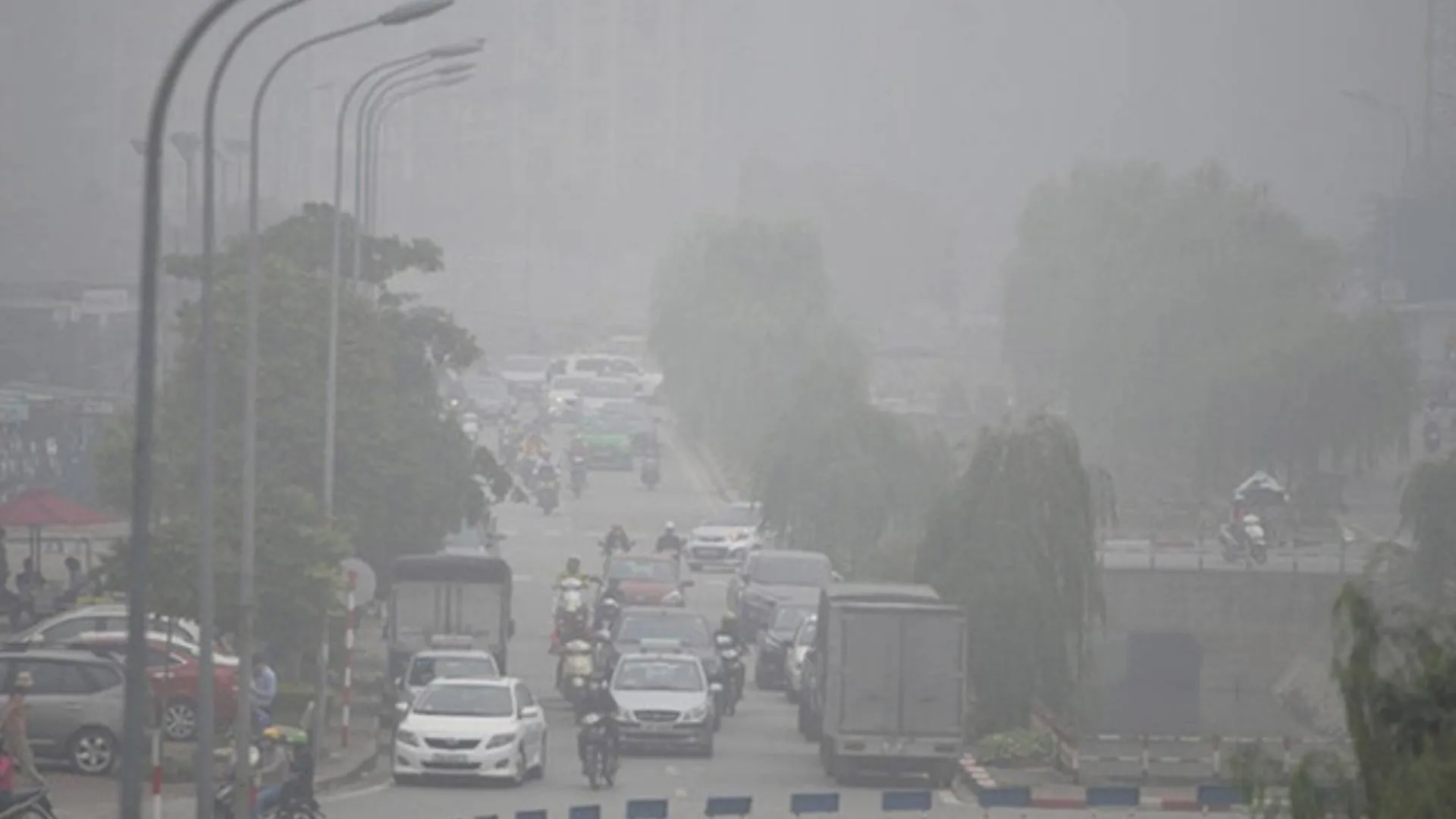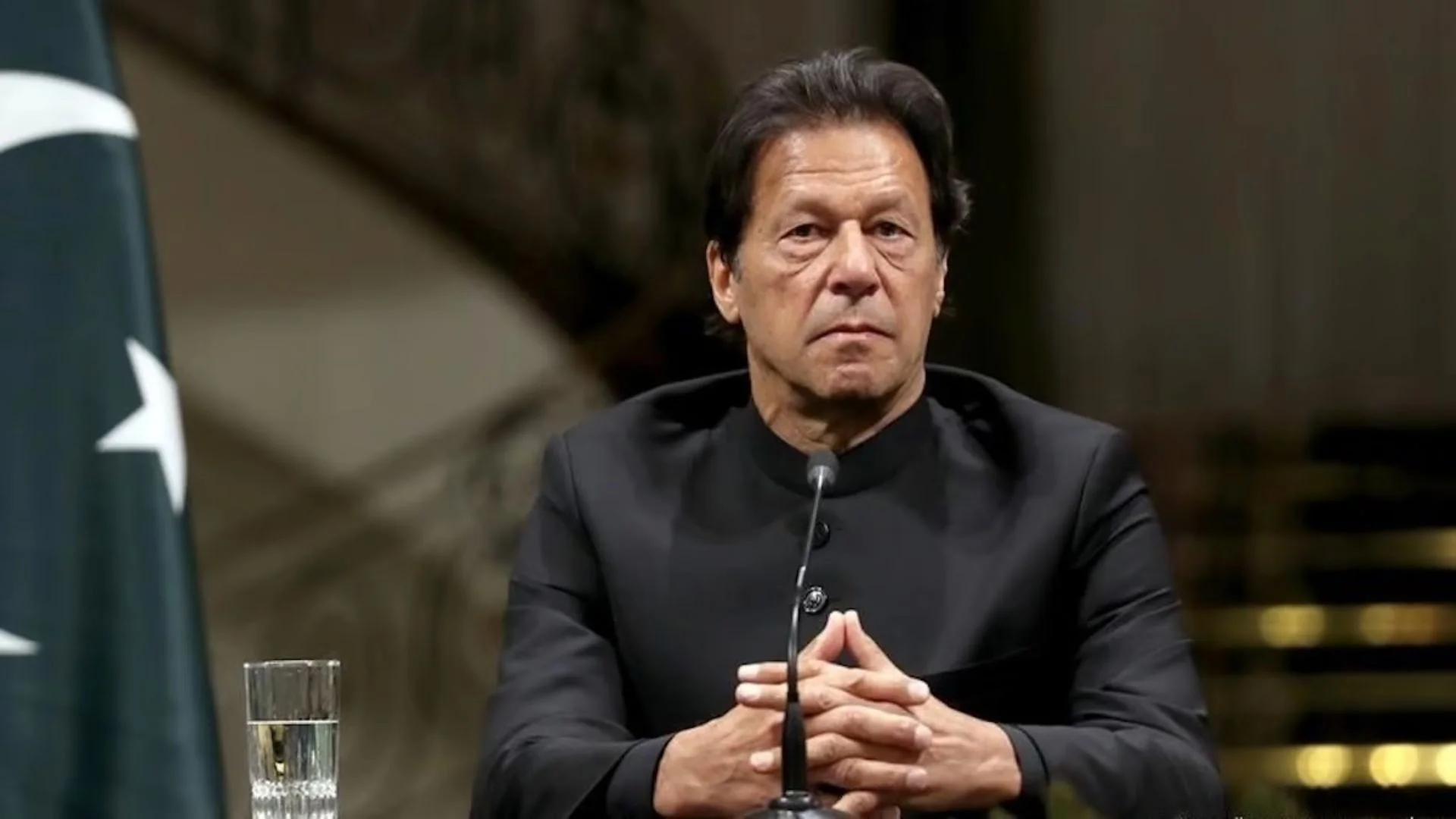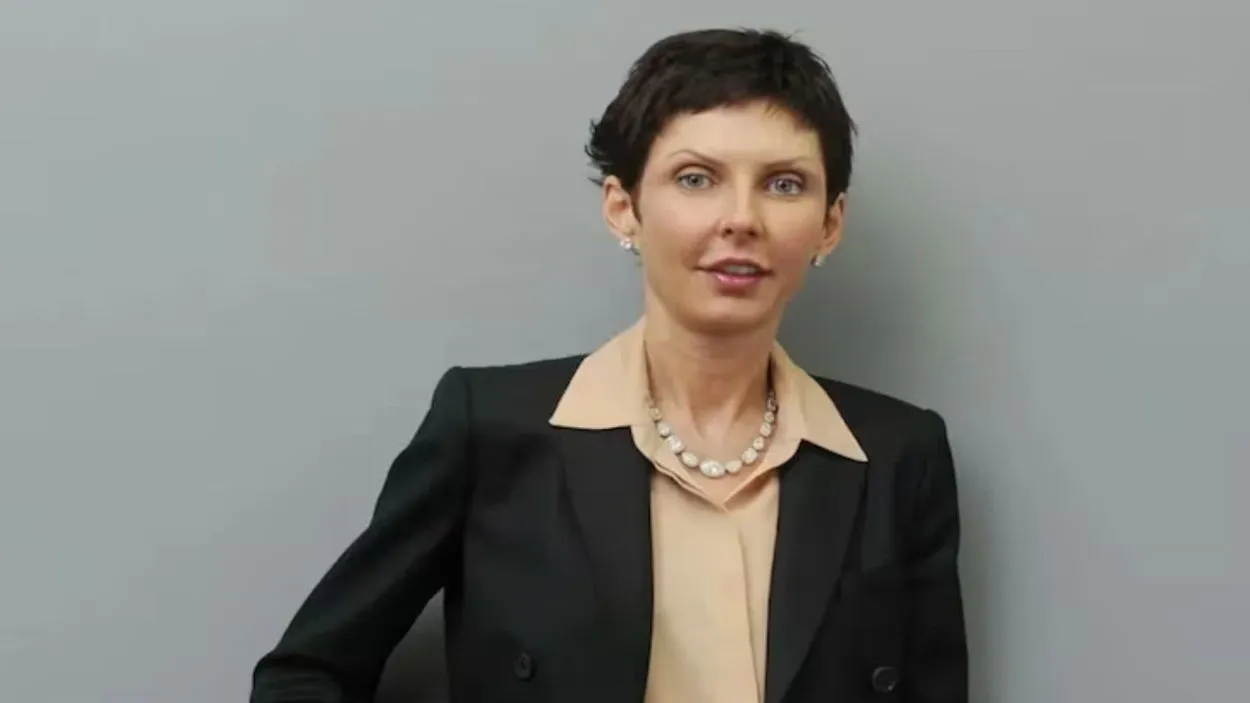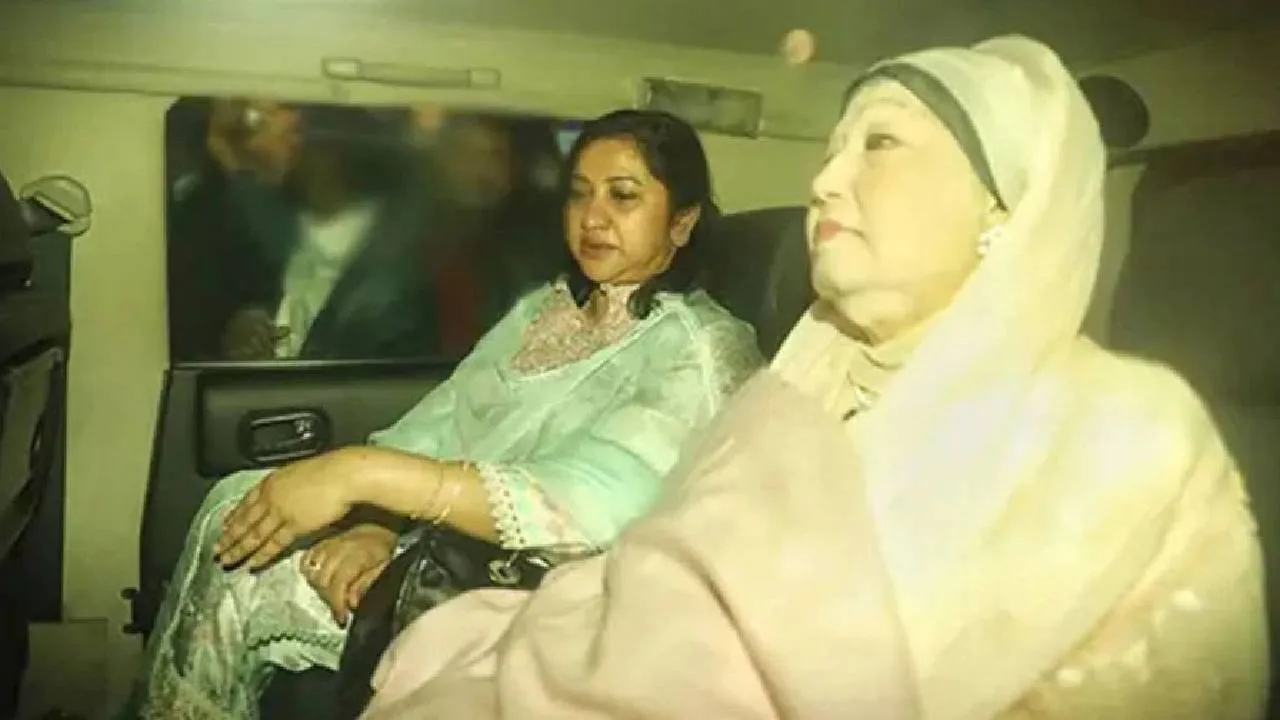The Constitution of India guarantees to all individuals ‘freedom of conscience and the right freely to protest, practice and propagate religion’. Freedom of religion, to be meaningful, is to be guaranteed not only to individual but to religious institutions also. Religious freedom has both an individual as well as a corporate side, and the latter is guaranteed by the Constitution by providing to every religious denomination or section the right “(a) to establish and maintain institutions for religious and charitable purposes; (b) to manage its own affairs in matter of religion: (c) to own and acquire movable and immovable property; and be absolute, they are subject to state legislation in the interest of “public order, morality and health and to the other provisions of Part III of the Constitution”. Nevertheless, certain lacunae remain. More provisions need to be added to Art 25, so as to limit the scope for conflict. On the other hand it is impossible to understand religious freedom without understanding the wider process of the political management of the group life. Many years ago when India’s Constitution was being drafted, B.R. Ambedkar, who piloted various drafts through the Constituent Assembly, stated that the individual rather than the group was the basis of the Indian Constitution. However, Ambedkar’s insight forcefully explains how groups and group life were to be viewed in the new dispensation. The purpose of this paper is to evaluate various perspectives and layers of the “Freedom of Religion” and bring out its various provisions in three fields i.e. judicial, political and Constitution.
CONSTITUTION, JUDICIARY, FREEDOM, RELIGION.
RESEARCH METHODOLOGY
The researcher has used doctrinal research method that is pure library based method. Context and contents has been taken from various books, articles and the books of eminent authors. While the concepts of justice, right, infringement, legality, enforcement etc. will be explained utilizing the doctrinal approach. The data will be collected from the published research works and published data from different sources.
INTRODUCTION
When the right to the freedom of religion or belief is said, the primary component that comes to mind is that the right of people to behave according to conscientious beliefs, to worship (or not worship) freely, and to be able to experience life in society without discrimination on the idea of such beliefs.
Practically, however, the amusement of such primary spiritual freedom rights is based upon crucial methods on the legal structures available to spiritual groups to set up their affairs. History is replete with examples of legal suggestions that constrain individual religious practice by denying legal popularity to certain spiritual organizations. The vintage structures of special charters that antedated corporate organization structures were all too often used as a technique of constructing favored nonsecular bodies, and dissolution provisions might be used to reign in unpopular groups. Religious association (VHP, RSS), laws have regularly been passed as a means of controlling spiritual organization than of contributing to their freedom.
None of the international instruments guarantying the freedom of faith and belief presents a definition of these terms. The Human Rights Committee (HRC), at some stage in a general comment on Article 18 ICCPR, has stated that this text protects theistic, non-theistic and atheistic beliefs, as well as right not to profess any religion or belief; that the phrases ‘religion’ and ’belief’ are to be substantially construed; and, that Article 18 isn›t always confined in its utility to traditional religions or religions and beliefs with institutional developments or practices analogous to those of conventional religions.
The European Court of Human Rights (ECTHR) has moreover given a great interpretation of the meaning of religious beliefs. All traditional religions and ideals are blanketed, however also non-religious beliefs consisting of pacifism, veganism and atheism. Further, nonsecular or philosophical convictions or beliefs are protected if they achieve a specific degree of cogency, seriousness, harmony and importance; are worth of appreciation for the duration of a democratic society; are not incompatible with human dignity; relate to a weighty and excellent component of human existence and behavior.
India, popularly known as the land of philosophy, spirituality & the beginning place of civilization, became a birthplace of diverse religions. Religion can be a specific system of faith, beliefs, and worship. Religion is a set of faith and belief which is held through a group of people. There is much difference and each complies with brilliant beliefs and customs. Taking into the account of the Indian situation, it can be concluded that people in India have sturdy faith and belief when it comes to their religion as they adjudge that faith which they followed add meanings and reasons to their lives.
In India, Art. 25-28 of the Constitution of India offers the right to freedom of faith. The right to freedom of religion entitles each citizen of India and offers them liberty to profess, practice and propagate any faith of their preference. The right additionally gives them the liberty to sermonize approximately their religion. It moreover offers the hazard to spread it among absolutely everyone with none worry of presidency involvement.
Religion studies are a volatile issue within the country, prepared to impel sentiments that have routinely found being translated into violent outpourings inside the public sphere.
This paper specializes in this crucial aspect of the freedom of faith: particularly, the right of belief, communities to accumulate legal personality and get right of entry to legal entity status using which they will carry out the entire range of their legitimate belief-related sports.
CONSTITUTIONAL VIEW
In Western political history the idea of secular State and conceding of religious freedom developed out of a wide range of chronicled circumstances and philosophical motivations. Specifically, they have been molded by the procedure of secularizations of the State and dividing of the medieval combination between the Church furthermore, the State. Indian Constitution likewise controls the manner of division among religion and the State in the Indian country. These arrangements do not intent to make a State that minimizes religion from society, or to follow an approach of exacting lack of bias towards religion. The framers of the Indian Constitution visualized a model of secular political framework that ensures all religions with equivalent respect (Sarva Dharma Samabhava) however under the system of an egalitarian social order, informed by the principles of welfare State consistent with the progressive enhancement of human dignity. The State’s methodology towards religion installed in these constitutional arrangements are one that keeps up a ‘principled distance’ from religion. India had been a secular state since its commencement. The Constitution of India has acknowledged the rule of secularism. Secularism in India implies that in the open undertakings of the nation, religion won’t have any impact.
One of the rights ensured by the Indian Constitution is the Right to Freedom Of Religion. As a secular country, each resident of India has the privilege to freedom of religion i.e. option to follow any religion. As one can see significant number of religions being practiced in India, the constitution assurances to each resident the freedom to follow the religion of their decision. As per this essential right, every resident has the chance to practice and spread their religion calmly. Also, if any occurrence of strict bigotry happens in India, it is the obligation of the Indian government to check these rates and take severe activities against it. Right to opportunity of religion is well portrayed in the Articles 25, 26, 27 and 28 of Indian constitution. In Indian constitution, the composite right to religious freedom is enumerately expressed, partitioning into four classes: conscience, profess, practice and propagate. These can be distributed into two-nonexclusive zones- belief and practice. Conscious implies conviction, confidence, sentiment, and to pronounce and in one sense, intends to have a place with participation, adherence, that is again confidence, profess in the other sense of ‘to declare’ and to practice and propagate are the exercise aspect of the right. Articles 25 and 26 are the two focal articles ensuring religious freedom.
Article 25 of the Constitution ensures freedom of religion to all people in India. It provides that all people in India, subject to public order, morality, health, and other provisions. It further gives that this article will not influence any current law and will not keep the state from making any law .The Supreme Court in Tilkayat Shri Govindlalji Maharaj V. Province of Rajasthan held that the test to decide the inquiry in choosing what is a vital piece of a religion is whether it is viewed as basic by the network following that religion or not. The Supreme Court held that the basic right ensured under Article 25 and 26 isn’t absolute and is subject to public order and if the court is of the supposition that moving of graves is in light of a legitimate concern for the open then the assent of the gatherings is insignificant despite the fact that the Muslim individual law is against moving of graves.
JUDICIAL ASPECT
As a strictly assorted society and self-broadcasted mainstream state, India is an ideal setting to investigate the complex and frequently questionable convergences among religion and law. The strict opportunity conditions of the Indian Constitution take into consideration the state to direct and limit certain exercises related with strict practice. By deciphering the established arrangements for strict opportunity, the legal executive assumes a significant function in deciding the degree to which the state can legally manage strict issues. This postulation tries to historicize the related advancement of two jurisprudential tests utilized by the Supreme Court of India: the strict group test and the fundamental practices test. The strict group test gives the Court the power to figure out which gatherings comprise strict groups, and in this manner, fit the bill for lawful insurance. The fundamental practices test restricts the sacred assurance of strict practices to those that are esteemed ‘fundamental’ to the particular confidence.
From their causes during the 1950s up to their application in contemporary cases on strict opportunity, these two tests have served to restrict the extent of lawful insurance under the Constitution and legitimize the interventionist propensities of the Indian state. Furthermore, this theory will examine the standards behind the activity of the two tests, their most conspicuous reactions, and the potential ramifications of the Court’s methodology. The Supreme Court’s choices on strict opportunity, I contend, epitomize the interventionist inclinations of the Indian state. The Court is an ideal climate to inspect the state’s way to deal with religion and its ramifications for strict opportunity. The discussions that happen in the court interface the exceptionally hypothetical contentions on secularism to prompt, unmistakable issues, felt profoundly by the country’s residents. Since the Supreme Court is entrusted with adjusting strict freedom with the state guideline of religion—two contending driving forces in the Constitution—its choices are significantly considerable for strict networks in India. Struggle is unavoidable. In completing its obligation to determine debates and decipher laws, the legal executive offers substance to the assurance of strict opportunity, and decides the level of limitation that can be put upon it.
Addressing the part of the courts, Tahir Mahmood expresses, “In the common India of our occasions, it is the tradition that must be adhered to that decides the extent of religion in the society, and the legal executive figures out what the laws identifying with the extent of religion state, mean, and require.”As Chatterjee watches, strict freedom is a fundamental nature of a common state A common state is needed to allow the free act of any religion, inside sensible limits. Dissecting the Supreme Court’s statute on religion will reveal insight into what restricts on strict opportunity are perceived to be sensible, and why. I recommend another motivation behind why it is judicious to think about the Indian Supreme Court’s arbitration on religion. A few ongoing cases have clarified that judges read, refer to, and consider grant on the Court’s methodology. Their commitment with this material will `definitely impact their dynamic. Surely, the Court is contained people, a few of whom bring a self-intelligent mentality to their decisions. That being the situation, the group of grant managing secularism, strict opportunity, and the Supreme Court isn’t as it were clear of the legal executive’s methodology, yet may even impact its course. In a perfect world, commitments to this control could advance the capacity for the appointed authorities to consider the more extensive setting of their decisions, maybe prompting more illuminated dynamic. The controversy surrounding a recent Supreme Court decision i.e. the sabrimala case and the triple talaq case llustrates the social and legal magnitude of religious freedom adjudication in India and the profound societal ramifications of the Supreme Court’s approach.
POLITICAL ASPECT
In sixty years we should have consolidated secularism and should have meet our politics of all traces of religious controversies and communal trappings .But it was not easy to translate the constitution Idea into practice in a society as complex as India. Indian state was categorised as solid state by Gunner Mysdal in Asian drama. And it remained soft towards Communism as well.The state remained not only soft towards Communism it also encouraged it, if it paid political dividends.The political role of Congress in early eighties was nothing but exploitation of religious sentiments to win over certain sections of Indian society.On the other hand the BJP which is not only the rightist but also a Hindu communal party choose to use religious controversial issues to capture power at the centre and some States mainly in Hendi heartland. India despite partition on the basis of religion resolve to be a secular state and promulgated its constitution in 1950 accepting equal rights for all the citizens irrespective of their caste, creed Or race. It was undoubtedly a great step forward. Thus,citizens was ,prioritized over religion and ethnicity. Citizenship and not religion became the fundamental category.At the same time all citizens were given the right to profess, practice and propagate their religion under article 25 of the Constitution. Gandhiji wrote In 1942,” religion is a personal matter which should have no place in politics.”He even went further and told a missionary “If I were a dictator, religion state would be separate, I swear by my religion I will die for it. But it is my personal affair. The state has nothing to do with it. However our politicians have completely adverse this situation.They mix religion with politics with vengeance and throw away values in the air.Religion without values like justice, equality, compassion, love, nonviolence, truth and sensitivity to other suffering is mere death ritual and if that empty ritual and not values associated with religion which our politicians do,it can be very deadly. That is what we have been witnessing since independence.
CONCLUSION
India is the world’s second-most crowded nation with more than 1.3 billion individuals and is the origin of four significant world religions: Hinduism, Buddhism, Sikhism, and Jainism. It is likewise home to around 180 million Muslims—just Indonesia and Pakistan have more. A little Christian minority incorporates around 30 million individuals. An authoritatively common country with a large number of ethnic gatherings and 22 authority dialects, free India has a long convention of strict resilience (with intermittent and some of the time genuine slips). Strict opportunity is unequivocally ensured under its constitution. Hindus represent a larger part (almost four-fifths) of the nation’s general population. Hindu patriotism has been a rising political power in late many years, by numerous records dissolving India’s common nature and prompting new attacks on the nation’s strict opportunities.
The 2014 public political race triumph of the Bharatiya Janata Party (Indian Peoples’ Party or BJP) carried recently intense regard for the issue of strict opportunity in India. Following its causes to an ideological group made in 1951 in a joint effort with the Hindu patriot Rashtriya Swayamsevak Sangh (National Volunteer Organization or RSS), the BJP has since proceeded to win control of various state governments, remembering for Uttar Pradesh, the nation’s most crowded state with in excess of 200 million inhabitants, one-fifth of them Muslim. The BJP’s chief, Prime Minister Narendra Modi, is a self-declared Hindu patriot and long lasting RSS part with a dubious past: In 2002, during his 13-year residency as boss clergyman of the Gujarat state, huge scope against Muslim revolting there left in excess of 1,000 individuals dead, and Modi confronted allegations of complicity as well as inaction (he was later officially absolved). In 2005, Modi was denied a U.S. visa under a once in a while utilized law excepting section for unfamiliar government authorities discovered to be complicit in extreme infringement of strict opportunity, and he had no official contacts with the U.S. government until 2013. Numerous in the U.S. Congress were incredulous of Modi’s function in the 2002 brutality, and some keep on pointing out signs that strict opportunity mishandles are expanding under his and his gathering’s standard, as reported by the U.S. State Department and free basic liberties gatherings. Thus, in this paper we tried giving overview to religious freedom in India, beginning with an constitutional perspective and then judicial and finally the political view.

